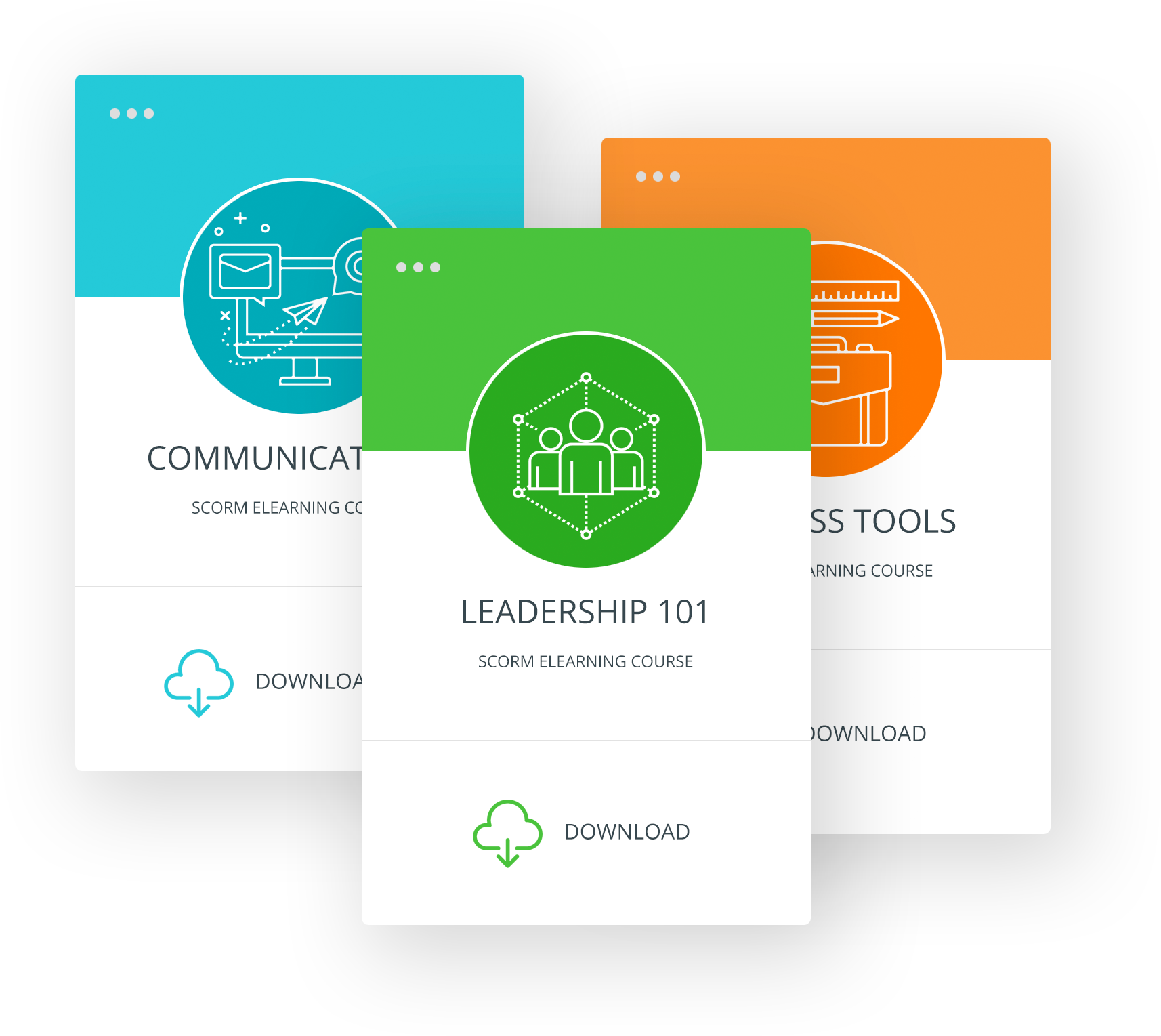Email Marketing and the GDPR: It’s Not All Bad
Though a big win for consumers, the General Data Protection Regulation has become a bit of a downer for many businesses, especially in the domain of email marketing. Gone are the days when a business could simply buy an email list from a third party, or automatically opt in customers to mailings after visiting its site. Now clear consent is required from each and every individual to collect and use their data (except in specific cases). No consent, no data.
Over the past month or so, this has forced many businesses to overhaul their email databases and delete any non-consenting email contacts from their lists in order to remain compliant. Being forced to part ways with these emails seems like a major downside to the GDPR, and one that could significantly impact your business for the worse.
The thing is, it doesn’t have to be a loss. The GDPR can actually be an opportunity for your business to improve their email marketing tactics, and adopt more effective and lawful practices for collecting and using customer data.
Better Engagement with a more Agile Mail List
It’s very easy to rationalize how a larger email database could translate into a larger number of leads, and therefore more sales. More email contacts equals more people to sell to. In reality, this is a bit of a misconception. A major problem with databases that are padded with third-party email lists or external customer databases is that you are working with a large segment of people who have no connection to your organization, and often have no interest at all in what you are selling. You wouldn’t try selling a cell phone to someone who owns a cell phone company. It would make sense if he didn’t want to be on your mail list. Though an extreme example, the same principle applies to any customer you interact with: Your product may not be of any interest to the individual, based on their role, sector, or region.
Instead of taking your chances on a large number of questionable contacts, update your database to include only those contacts who have given you their information through a proper form of consent. Not only does the GDPR require this, but it will be these individuals – the ones who have showed enough interest in your organization to willingly give you their information – who will end up being engaged customers. You will have a much better chance of selling to them.
Think of it this way: Would you rather have 5000 weak, uninterested leads, or 50 engaged leads to work with? Which would lead to better sales?
And having a smaller database has benefits of its own. In fact, don’t think of your post-GDPR email database as smaller: think of it as more agile. Armed with an agile database, you can re-focus your email marketing efforts to your base of active customers, i.e. those who are ready to interact with your organization. You can reduce the resources you spend on larger blanket marketing campaigns, and maximize your time and money by reaching out to these engaged customers from the get-go. You should see higher open rates, better click rates, and ideally better sales.
Better Quality Data
By only keeping data that comes directly from the source (e.g. the individual), your post-GDPR database will contain more accurate data overall. When third parties or external organizations are involved in your data procurement, you end up with data that is more removed from the source, which can lead to inaccurate and incorrect data. This results in undeliverable emails and dead links appearing in your mail lists. By only accepting contact information directly from a consenting individual, you can avoid all of that. Your database will become more accurate overall, and you won’t have to waste time with incorrect data.
Better Management and Use of Data
One key aspect of GDPR readiness is creating a data map that outlines all of the data your organization collects, stores, and uses. A data map is a great visual way to identify the types of data you are collecting, and is an invaluable tool for data management. On one hand, a good data map can help you with data minimization, that is, restricting your data collecting to only those pieces of data that are needed to provide a service. You’ll be able to easily see what data is useful, and what data is unnecessary. On the other hand, data mapping can help you maximize your data by letting you take stock of the data you do have. You may even discover data you didn’t even know you had, and put it to better use in your email marketing operations.
Improved Customer Experience
Customers want to do business with organizations that they can trust. By being transparent about privacy, and striving to meet the guidelines of regulations such as the GDPR, you are showing your customers that their experience is important to you. And as data breaches continue to be reported in the news and international regulations are updated, consumers’ minds will continue to turn more towards their personal privacy. A company that demonstrates that privacy is a priority will be more trustworthy and appealing to a customer.
Luke Henderson is privacy officer at Velsoft Training Materials.



